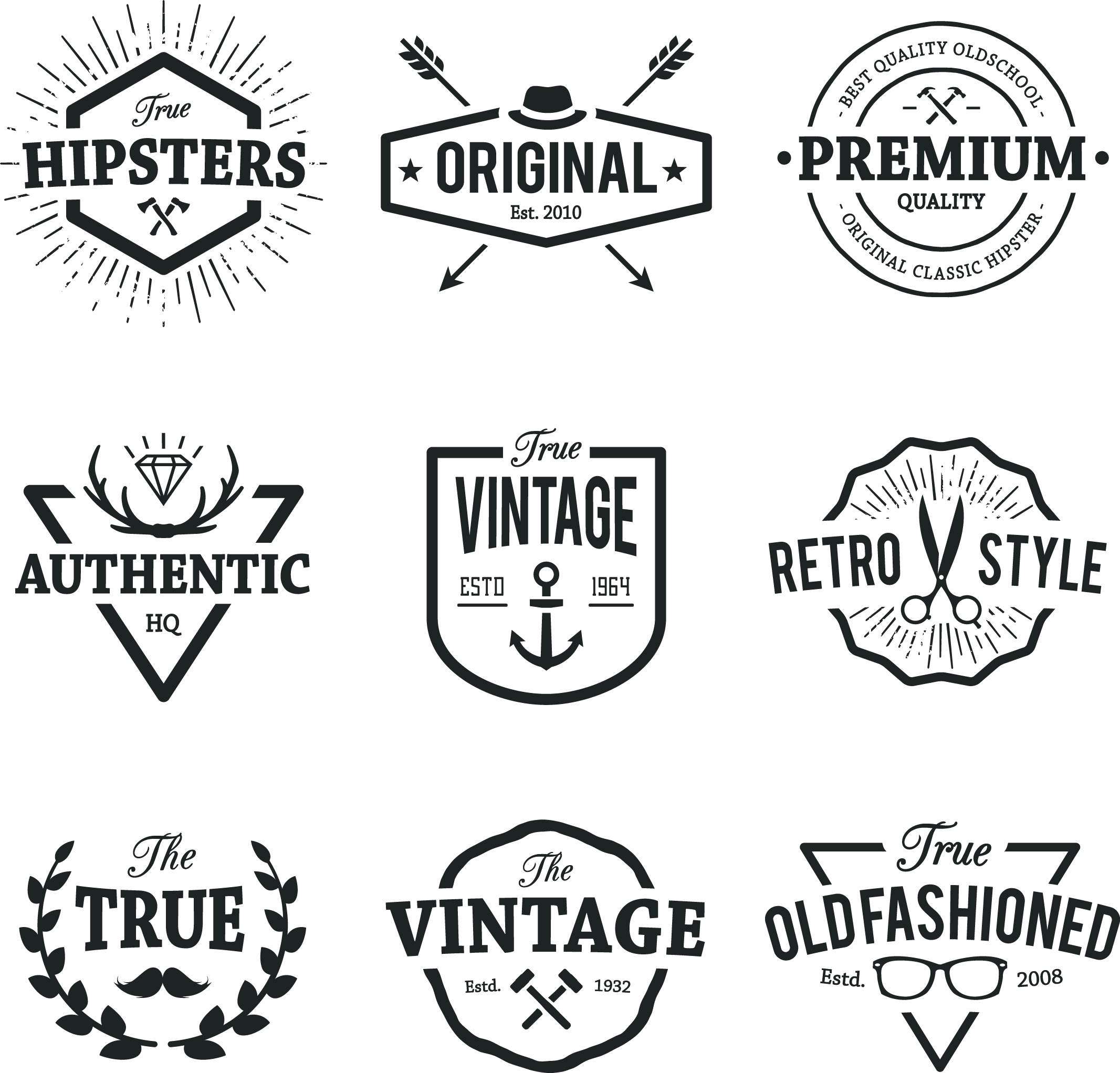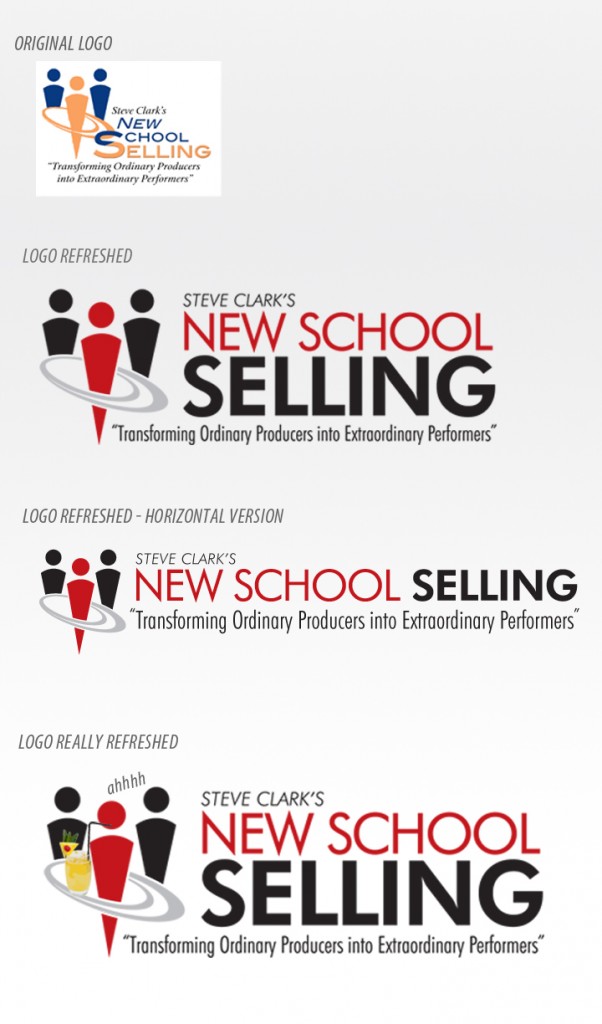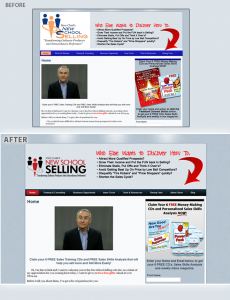Managing your print marketing projects is difficult enough without having to deal with confusing file formats. Fear not. I’m here to clarify it once and for all. Cut out this article and post it on your fridge for future reference and general happiness.
Here are the pros and cons of the most common file formats. I’ve ranked them from the most to least useful from a design and printing standpoint, just because it’s more fun that way. And I’m one of those ultra-organized people that tends to annoy the general population with my extreme organization.
EPS – Encapsulated PostScript
EPS files (also called vector files) are what they feed you in graphic design heaven. We love them, and prefer them over anything else because we can do whatever we need to do in order to get the file ready for print or online use.
We can convert an EPS file to any format our hearts desire, including all the ones we describe in this article. The most important thing about EPS files is that they are scalable. This means you can make it as big as a building and it would still look great.
Just remember, EPS files are limited to use in professional design software. In fact, most people can’t even view EPS files on their computers. For most small business owners creating their own marketing collateral, it makes more sense to stick with other file formats described below.
PDF – Portable Document File
PDF files are quite lovely because they’re versatile, compact, and transfer easily from one computer to another.
They work well at high resolution for print projects, or low resolution for online use.
When saved correctly, all the text and images remain intact. Sometimes, we can even make changes to PDF files if we need to.
PNG – Portable Network Graphics
The number one most useful thing about a PNG is its ability to have a transparent background. This means you can place it against a colored background without getting a white box around the image.
A PNG can hold a respectable amount of color information thus rendering a nice quality image. Depending on the resolution, it is useful for both screen or print use.
TIFF – Tagged Image File Format
TIFF files are generally used for images, such as photographs.
The best thing about a TIFF file is that the details of the image are retained. If you have a TIFF file, you can be confident you have a high quality image.
The only drawback is their size. Since they contain so much detail (i.e. quality), TIFF files can get extremely large. That makes them slower to work with. The large size makes them impractical for online use.
JPG (or JPEG) – The Joint Photographic Experts Group
JPG’s are extremely versatile. They work well for images, especially photographs, of all types and sizes. Depending on the resolution, they are useful for both screen (online) and print applications.
However, saving a file as a JPG will degrade the quality of the image. So don’t be surprised if you run into weird quality issues when using jpg files.
If you’re worried about losing image quality, save your file as a TIFF.
GIF – Graphics Interchange Format
GIF files are one of the smallest file types, which makes them great for online use as they will load quickly on your web page.
However, they can’t hold a lot of color information so it’s best to use it only for graphics with flat areas of no more than three colors.
Like PNG files, GIF files can have transparent backgrounds. They are generally best suited for online use.
ONE LAST THING TO REMEMBER
Images are either CREATED in these formats, or more commonly, they are CONVERTED to these formats from some other file type. If the original image is low quality, you will not be able to convert it to a format and expect better quality. You can convert down (low quality), but not up (high quality).
By and far, JPG and PDF files are the most common file types that we see come across our computers. But, we get other stuff too. Sometimes, we have to kick it back to you and get you to give us a better image. Other times, we will use our magical design powers to fix up what you give us. In either case, we usually end up creating the perfect happy ending to your project.





